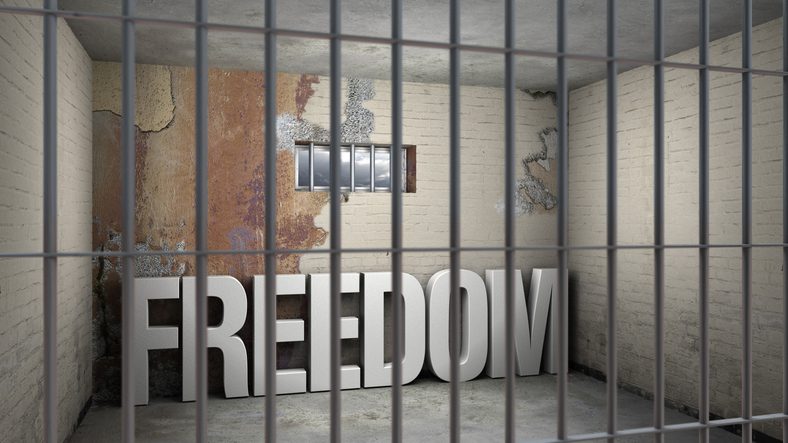
Member Perspective
THE EVOLUTION OF INSTITUTIONALIZED SLAVERY
Part 2: After the Thirteenth Amendment
I’ll bet most of us believed that the 13th Amendment put an end to slavery in America. Well that’s not entirely true. The 13th Amendment ended chattel slavery. Chattel slavery exists when an individual is considered the personal property of another. There was an exception to the 13th Amendment which included a provision for slavery when a person was duly convicted of a crime. The implementation of the 13th Amendment gave birth to the criminalization of black Americans through state imposed Black Codes that criminalized the throes of poverty. The Black Code evolved from vagrancy laws to Jim Crow to the War on Drugs. Racial control continues in part to be enforced through the criminal justice system.
Author: AmbersLight
Release Date: April 2023
In 1842, Rhode Island was the first state to eliminate slavery entirely. As recently as the 2022 general election, the complete and total abolition of slavery has been on the ballot. Today, only 8 states (Oregon, Utah, Colorado, Nebraska, Tennessee, Alabama, Rhode Island and Vermont) have explicitly banned all forms of slavery. In the rest of the country, slavery has continued to exist as a consequence of being convicted of a crime.

States are free to enact any laws as long as they don’t conflict with the Constitution. The loophole in the 13th amendment gave birth to the Black Code. The Black Code restricted the freedom of black Americans and insured the availability of cheap labor. The black code set limitations on how much a black person could be paid, who they worked for, their ability to rent or own property and included provisions to monitor their whereabouts. The Supreme Court in Dred Scott (1857) ruled that neither slaves or free blacks were entitled to citizenship under the criminal justice system. For many black Americans, freedom still felt like slavery.
With the enactment of the black codes throughout the former confederate states, the prison population demographics began to shift. By 1870, 95% of the people under criminal custody in the southern states were black. By 1880, the prison population was well over 30,000.
With the enactment of the 14th and 15th Amendment to the Constitution in 1868 and 1870 respectively. black codes became unlawful. Jim Crow Laws replaced the black code because it functioned under the concept of ‘Separate but Equal’. The Jim Crow Laws encouraged segregation and set up roadblocks to the ability of black men to exercise their voting rights.
The 1880’s marked the beginning of the industrial revolution. There was a large influx of immigrants, mostly in the northern states. During this period immigrants struggled to gain social acceptance as white Americans. They were able to make significant inroads in municipal employment and law enforcement. By the 1950’s white immigrants were absorbed into white America.
The prospect of better opportunities drove the great migration by black Americans to the northern states. The immigrants in the north were threatened by their presence in such great numbers and considered them to be competition for jobs and housing. Immigrants used their positions in law enforcement to create the narrative that the migration of blacks from the south increased crime rates. During the great migration, petty crimes increased dramatically, but the more serious crimes remained unchanged. Blacks were convicted of loitering, selling agricultural produce without permission, drunkenness, not carrying proof of employment and for being suspicious characters. The Black Code also imposed forced labor on black orphans. For some the dream of better opportunities became a reality of criminal slavery.
The industrial revolution was supported in part by slave labor. Many of the local governments supplemented their budgets with convict leasing. This was the practice of providing convict labor to private businesses for a fee. This practice was outlawed by the Department of Justice Circular 3591 on 12/12/41. Today with a prison population of 1.75 million, prisoners produce more than $11 billion in goods and services in this country. The average pay range for prisoners are .12 to .52 per hour. As recently as 2010, a federal court ruling in Serra v Lappin, 600 F.3d 1191 (2010), determined that prisoners have no enforceable right to be paid for their work under the constitution.
At about $20,000 a head the United States spends over $35 billion annually to incarcerate the convicted. Blacks and Latinos account for 71% of the prison population but collectively represent 21% of the US population. The disparities in the penal system are obvious and the beneficiaries have no incentive to change. We need the change the narrative.

